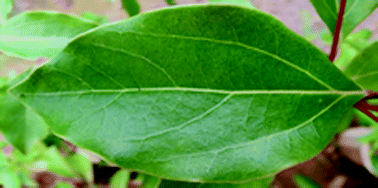The effects of elevated ozone (O3) and enhanced nitrogen (N) on the growth and biomass of Cinnamomum camphora, a subtropical evergreen broad-leaved tree species, were investigated. The seedlings, supplied with N (NH4NO3 solution) at 0, 30 and 60 kg ha−1 year−1 (simplified as N0, N30, N60, respectively), were exposed to ambient (AA) or elevated O3 (AA + 60 nmol mol−1 and AA + 120 nmol mol−1, designated as AA + 60 and AA + 120, respectively) for the 2009 and 2010 growing seasons. Symptomatic leaf percentages were significantly increased with O3 concentration. AA + 120 significantly decreased the mean leaf size and chlorophyll content of both 2009- and 2010-emerged leaves, inhibited the growth of stem height and basal diameter, and reduced biomass accumulation of all plant parts except for leaves. By comparison, only the chlorophyll content of 2009-emerged leaves and root dry weight were significantly reduced under AA + 60. Specific leaf area, total leaf area and foliar biomass were not affected even at a higher O3 level. On the other hand, N loads, especially N60, exerted significantly positive effects on all variables except mean leaf size and shoot/root ratio. No significant interactions between O3 and N were detected, suggesting that the N supply at ≤60 kg ha−1 year−1 did not significantly modify the response of C. camphora to O3 in terms of seedling growth and biomass accumulation.

